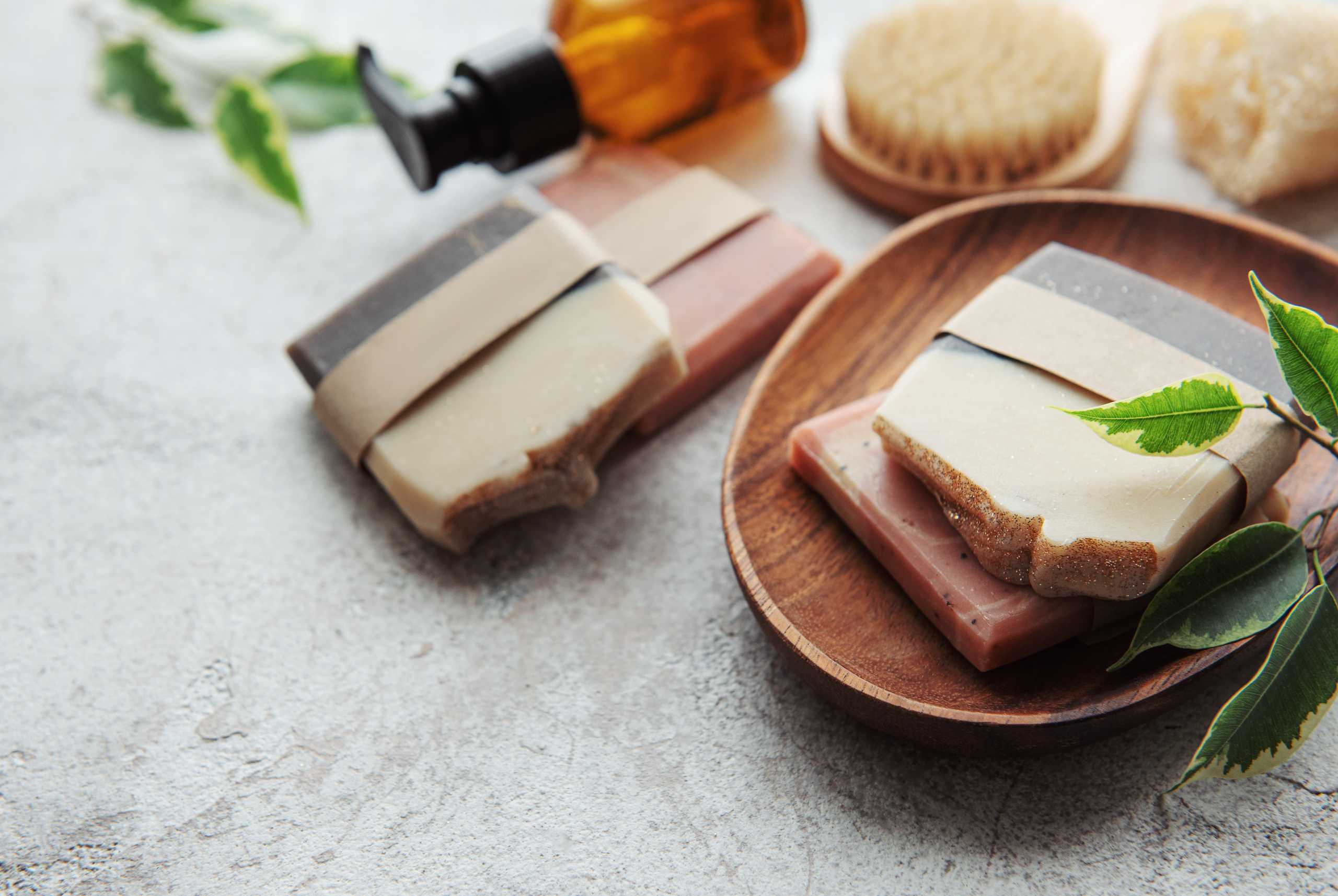Address
304 North Cardinal St.
Dorchester Center, MA 02124
Work Hours
Monday to Friday: 7AM - 7PM
Weekend: 10AM - 5PM

Soap making is a craft that grows with experience. While beginners start with basic recipes, there are numerous techniques that allow artisans to create visually stunning and luxurious soaps. Understanding these methods can transform simple bars into works of art.
Cold Process Soap
Cold process soap is the traditional method where oils and lye combine at room temperature. This technique allows full control over ingredients and creative designs:
Melt and Pour Soap
Melt and pour is a quicker method suitable for beginners and workshops:
Advanced Techniques
Once comfortable with basics, artisans can explore advanced methods:
Tips for Success
Conclusion
Mastering soap making techniques opens a world of creativity and personalization. From cold process to melt and pour, each method offers unique possibilities to craft beautiful, nourishing, and artistic soaps.